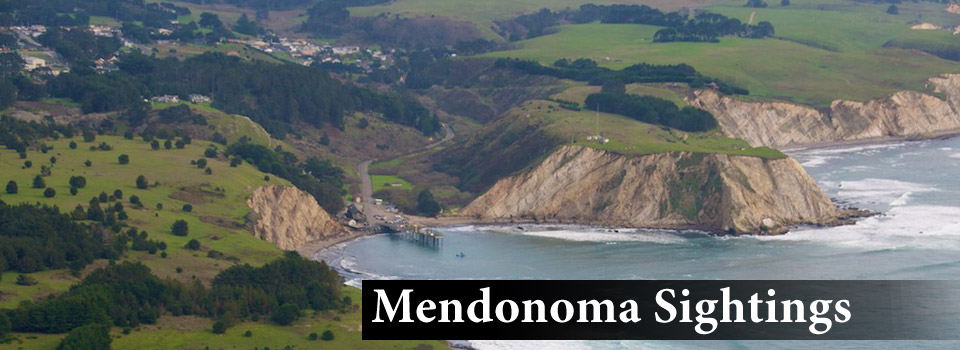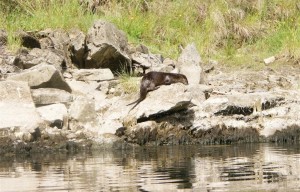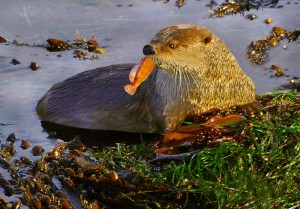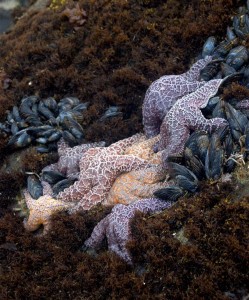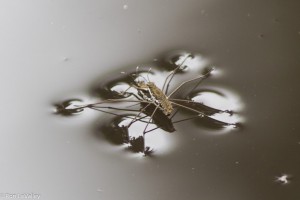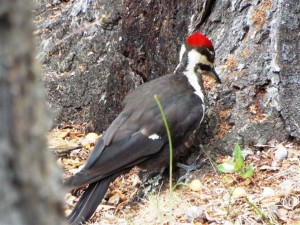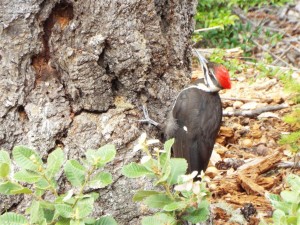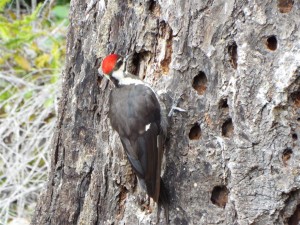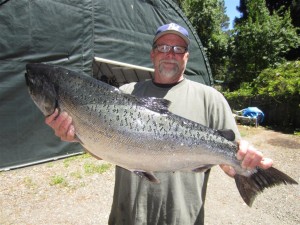North American River Otters, Lontra canadensis, can only survive in unpolluted waters, a testament to the clean waters of the Mendonoma Coast. On our recent kayak trip, Rozann Grunig photographed a River Otter that had just climbed out of the Gualala River and onto the riverbank of the lagoon.
Along with their favorite food, fish, River Otters have been seen cooperatively taking a Gull, or even a Brown Pelican, found resting on the river, unknowing there was danger.
River Otters have been seen playing - sliding down riverbanks or along kelp beds. They are part of the fabric that is the Mendonoma Coast.
Thanks to Rozann and Siegfried for allowing me to share their photos.
